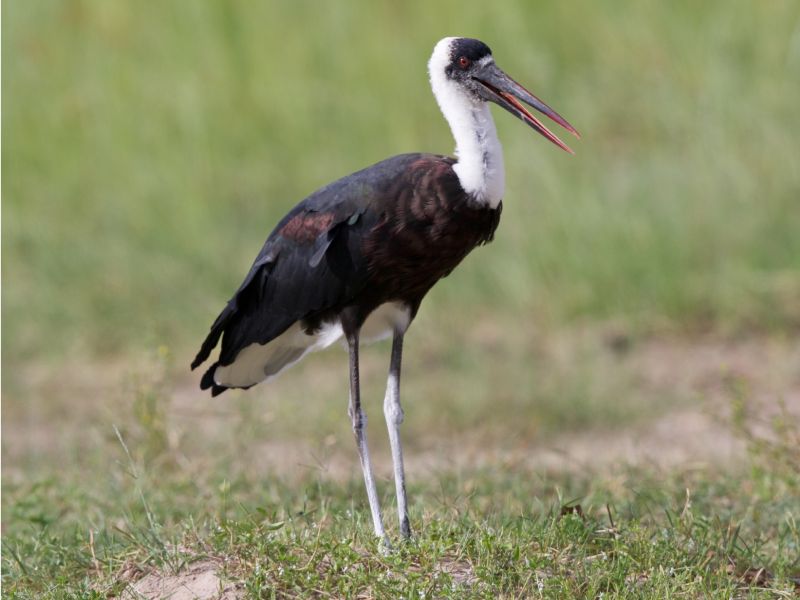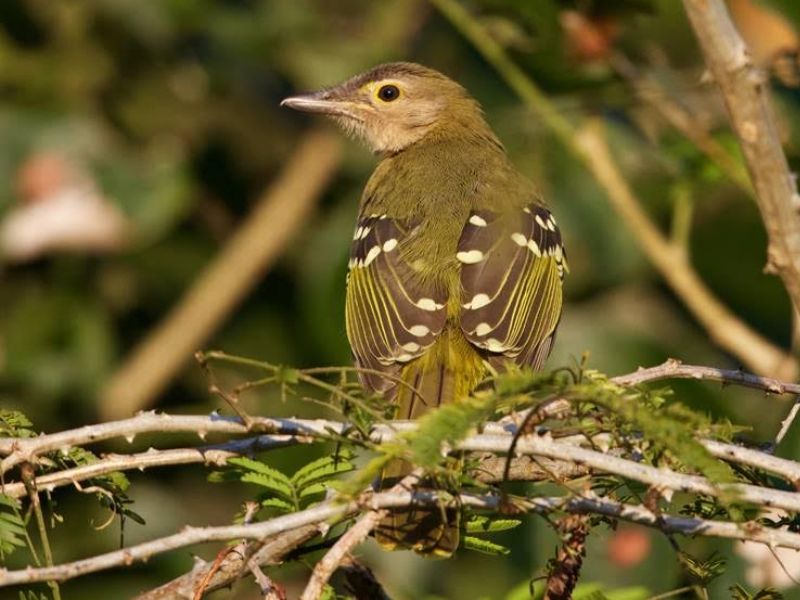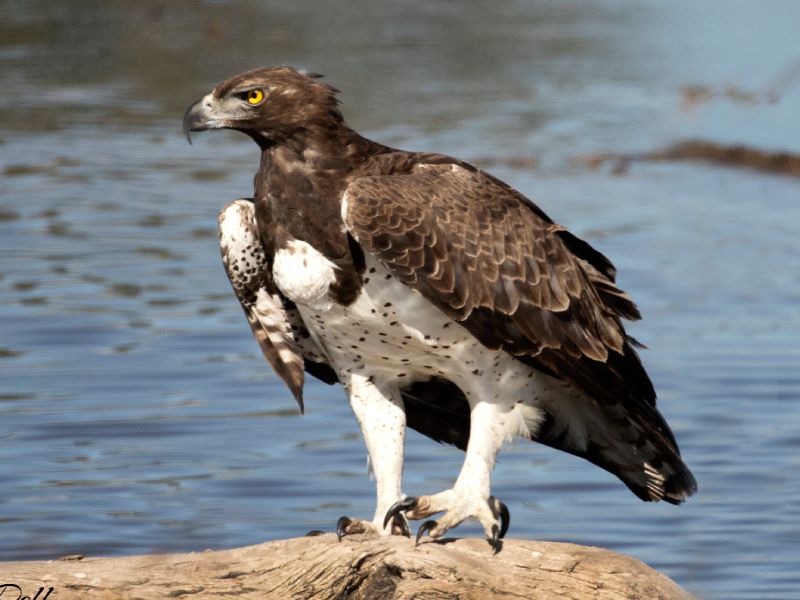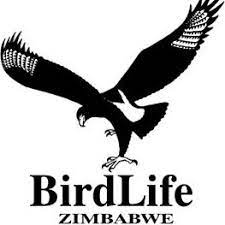BIRDING IN ZIMBABWE
The Lower Zambezi

Woolly-necked stork

Eastern nicator

Martial eagle
The Lower Zambezi encompasses the area below Kariba Dam to the Mozambique border at Kanyemba. Read about the Mana Pools National Park on this link. The remainder of the valley is not particularly accessible unless you are residing in one of the safari areas, but Chirundu is a central point from which you can access the river upstream of Mana Pools.
The Rifa bird list covers the immediate Chirundu area and was compiled by birdwatchers at the Rifa Conservation Education Camp in the Hurungwe Safari Area. There are a few springs on the main road near Chirundu and some inland pans in mopane woodland, but the public requires permission from National Parks to explore areas off the road. Visitors to Rifa have access to the floodplain, mopane and acacia woodland and the adjacent Zambezi River.
In Chirundu there are fishing camps and places to stay along the river and you can hire a boat to bird up and down the river.
Waterbirds are likely to be your main focus and the river hereabouts has many islands with reedbeds, fun narrow channels full of interesting birds, and open sandbanks when the river level is down. Sandbars are good for waders but this habitat, used by African Skimmers and White-fronted Plovers, is often flooded by water released from Kariba. Herons and egrets frequent the banks but check dense overhanging trees for Black-crowned and White-backed Night-herons. Rufous-bellied Herons hunt on waterweed but the Dwarf Bittern and Striped Crakes will be on inland pans during the rains. To find Rock Pratincoles a journey up to at least C Camp is required; check sandstone outcrops in the river isolated from the shore from around September to December.
White-browed Coucals are quite common along the banks and in reedbeds. Southern Carmine and White-fronted Bee-eater colonies are great to watch and there are a number of colonies along high banks – check for Horus Swift and Brown-throated Martins nesting in old holes – and Blue-cheeked are common during the rains. A good place to find Lesser Masked-weavers is on the branches of trees that have fallen into the river.
Image credits: White-fronted bee-eater by Chris Collyer; Woolly-necked stork by & Eastern nicator by Roger MacDonald; Martial eagle by Dave Dell
